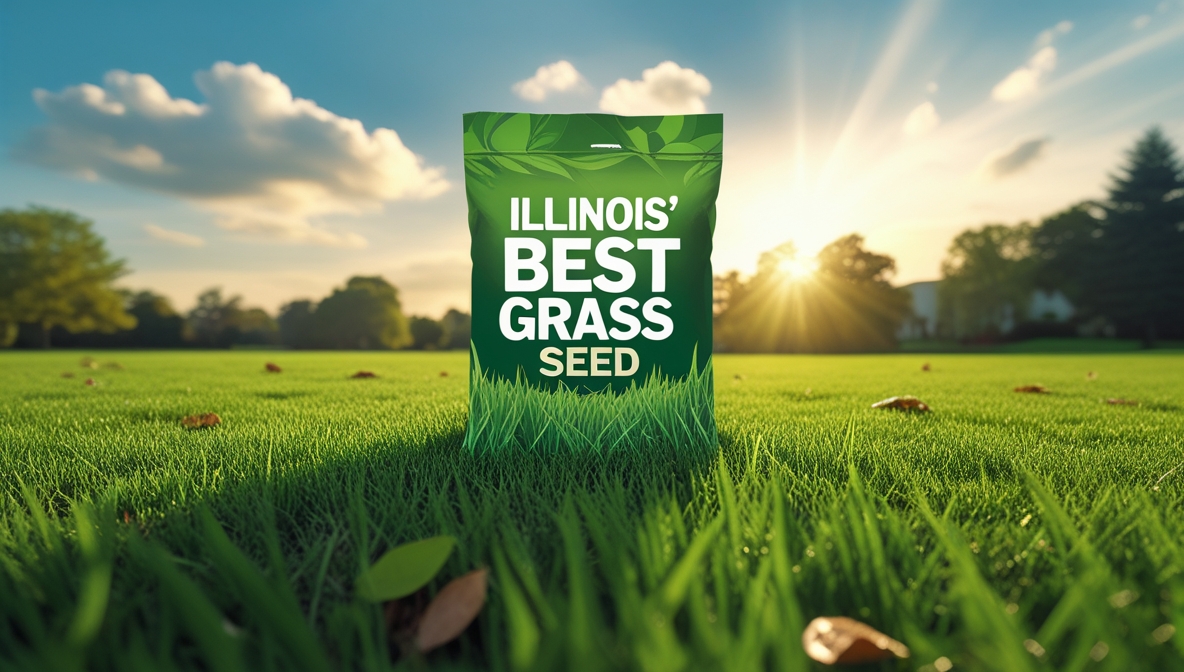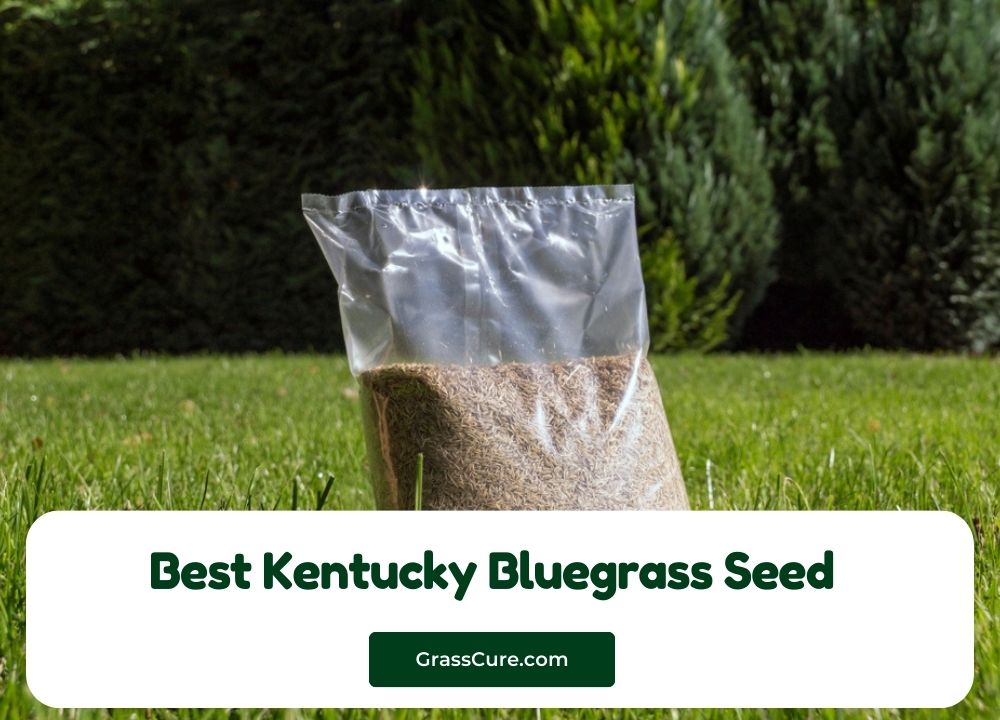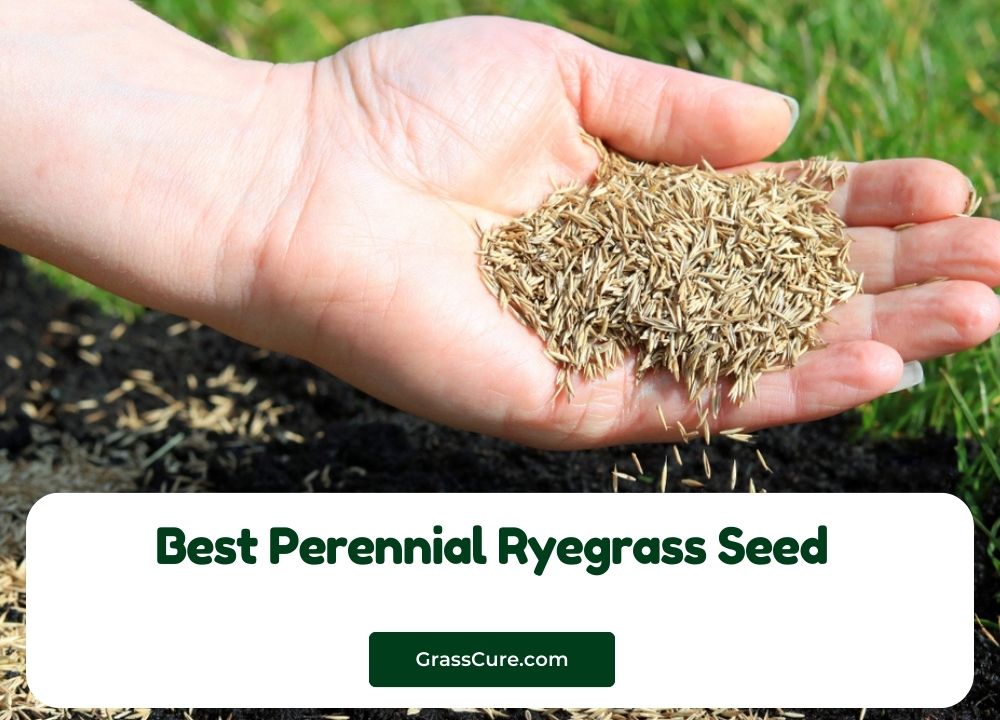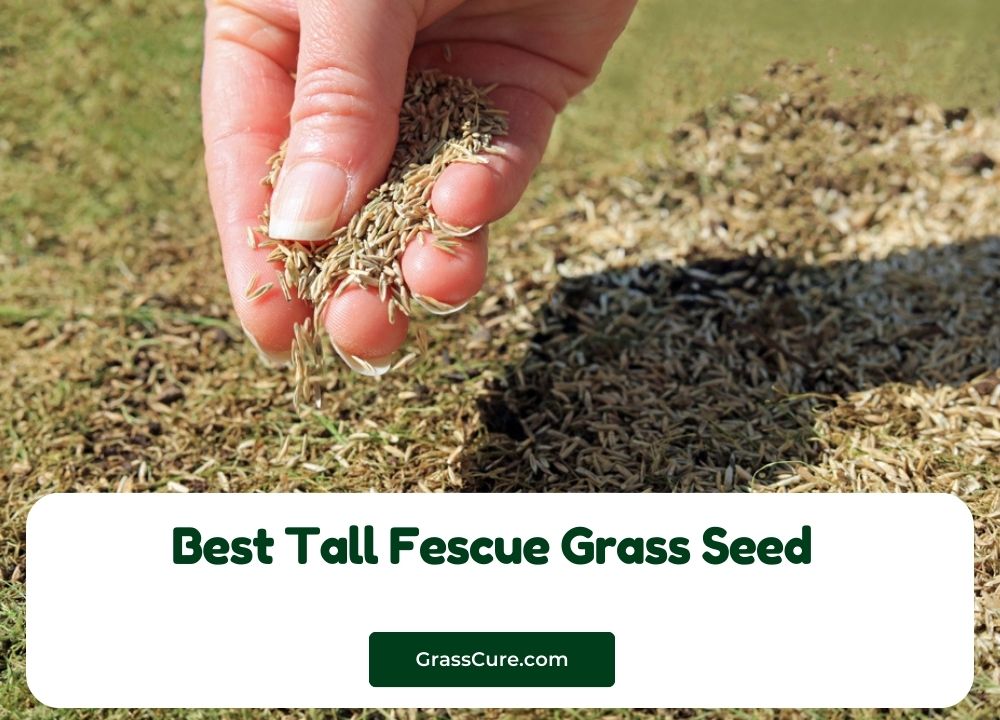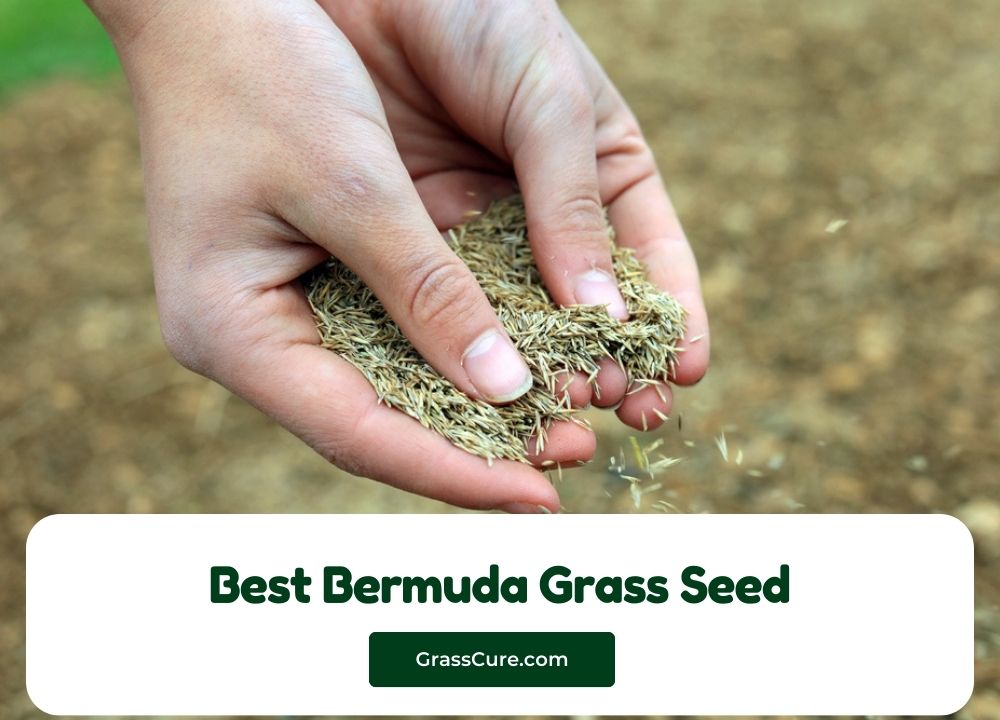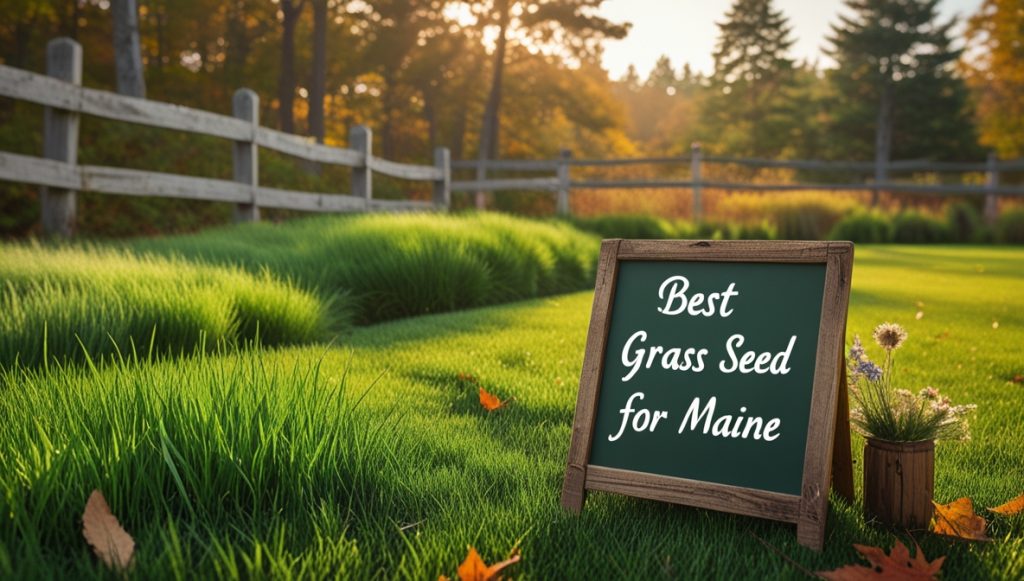Choosing the right grass seed can make all the difference in achieving a lush, healthy lawn. Illinois, with its diverse climate and soil conditions, presents a unique challenge for homeowners. This guide will help you navigate the options and select the best grass seed for your specific needs and location within the state. We’ll explore the differences between cool-season and warm-season grasses, highlight popular choices, and offer tips for maintaining a thriving lawn throughout Illinois’ varying seasons.
Contents
- Choosing the Right Grass Seed for Illinois
- Understanding Illinois’ Diverse Climates
- Cool-Season vs. Warm-Season Grasses
- Popular Cool-Season Grass Options
- Tall Fescue: A Durable Choice
- Fine Fescue: For Shade and Low Traffic
- Kentucky Bluegrass: Classic Beauty
- Ryegrass: Quick Germination & Growth
- Maintaining a Healthy Lawn in Illinois
- Addressing Common Lawn Problems
Choosing the Right Grass Seed for Illinois
Selecting the perfect grass seed for your Illinois lawn depends on several factors. Consider your soil type (clay, sandy, loam), the amount of sunlight your yard receives (full sun, partial shade, full shade), and the level of foot traffic it endures. Additionally, your personal preferences regarding maintenance levels will play a significant role. Do you want a low-maintenance lawn, or are you willing to invest more time in upkeep for a show-stopping green expanse? These questions will guide you toward the ideal grass seed variety.
Ultimately, the best grass seed for you will depend on a careful assessment of your yard’s unique characteristics and your personal landscaping goals. Don’t hesitate to consult with local garden centers or lawn care professionals for personalized advice based on your specific location within Illinois. They can provide valuable insights tailored to your region’s microclimate and soil conditions.
Understanding Illinois’ Diverse Climates
Illinois experiences significant climatic variations across its regions. Northern Illinois, for instance, tends to have colder winters and shorter growing seasons compared to southern Illinois, which enjoys milder winters and longer growing seasons. These differences directly impact the suitability of various grass types. Furthermore, rainfall patterns vary throughout the state, influencing the water requirements of different grasses.
Therefore, understanding your specific location’s climate is crucial for choosing the right grass seed. Consider factors such as average annual rainfall, the length of the frost-free period, and the typical temperature fluctuations throughout the year. This localized climate assessment will greatly influence your decision-making process, ensuring you choose a grass that thrives in your specific environment.
Cool-Season vs. Warm-Season Grasses
Illinois’ climate primarily supports cool-season grasses. These grasses thrive during cooler temperatures, typically exhibiting their best growth in spring and fall. In contrast, warm-season grasses flourish during the summer months, going dormant during colder periods. Given Illinois’ relatively short, hot summers, warm-season grasses are less common and generally not recommended for most of the state.
Consequently, the focus for most Illinois homeowners should be on cool-season grasses. These grasses are better adapted to the state’s prevalent climate and will provide a more consistently green lawn throughout the growing season. While warm-season grasses might be suitable in the extreme southern regions of Illinois, cool-season varieties offer better overall performance and resilience across the majority of the state.
Popular Cool-Season Grass Options
Several excellent cool-season grasses are well-suited for Illinois lawns. These include tall fescue, fine fescue, Kentucky bluegrass, and ryegrass, each with its own strengths and weaknesses. The best choice depends on your specific needs and preferences, as discussed earlier. Factors such as shade tolerance, traffic resistance, and maintenance requirements will help you narrow down your options.
Moreover, many homeowners opt for grass seed blends, which combine different cool-season grasses to create a lawn that leverages the strengths of multiple varieties. Blends often offer improved disease resistance, drought tolerance, and overall aesthetic appeal. Consider exploring these blends for a potentially more robust and attractive lawn.
Tall Fescue: A Durable Choice
Tall fescue is a highly adaptable and durable grass known for its excellent drought tolerance and resistance to wear and tear. It thrives in full sun to partial shade, making it a versatile choice for many Illinois lawns. Tall fescue also exhibits good disease resistance, requiring less frequent chemical treatments compared to some other grasses.
In addition to its hardiness, tall fescue is relatively low-maintenance. It requires less frequent mowing than some other cool-season grasses and can tolerate periods of drought without significant stress. However, it does require adequate sunlight for optimal growth. This makes it a good choice for busy homeowners seeking a resilient and low-maintenance lawn.
Fine Fescue: For Shade and Low Traffic
Fine fescue is the ideal choice for shady areas and low-traffic lawns. It tolerates low light conditions better than other cool-season grasses, making it perfect for yards with significant tree cover or north-facing slopes. Fine fescue also requires less fertilization and mowing than other options.
However, fine fescue is less tolerant of heavy foot traffic and can become thin or patchy in high-use areas. Its finer texture creates a softer, more delicate lawn, best suited for areas with minimal wear and tear. Therefore, it’s a great choice for homeowners with shady areas or those prioritizing a low-maintenance, aesthetically pleasing lawn in low-traffic zones.
Kentucky Bluegrass: Classic Beauty
Kentucky bluegrass is prized for its classic, lush green appearance and fine texture. It forms a dense, attractive turf that many consider the epitome of a beautiful lawn. However, Kentucky bluegrass requires more maintenance than other options, needing regular fertilization and watering to maintain its vibrant color and density. It also struggles in shady areas and is susceptible to certain diseases.
Despite its higher maintenance needs, Kentucky bluegrass remains a popular choice for many homeowners who value its aesthetic qualities. Its vibrant green color and dense growth create a lawn that is visually appealing and provides a soft, comfortable surface for walking. However, be prepared for the extra time and effort required for upkeep.
Ryegrass: Quick Germination & Growth
Ryegrass is often used as an overseeding grass or for quick establishment in new lawns due to its rapid germination and growth rate. It provides fast, temporary coverage, making it useful for filling in bare patches or creating a temporary green lawn. However, ryegrass is not a long-term solution, as it tends to have a shorter lifespan than other cool-season grasses.
Because of its short lifespan, ryegrass is often used in conjunction with other grasses. It provides quick ground cover while the longer-lived grasses establish themselves. Homeowners often use it to overseed existing lawns in the fall to improve winter color and resilience. It serves a valuable role but shouldn’t be considered a standalone long-term solution for a complete lawn.
Maintaining a Healthy Lawn in Illinois
Maintaining a healthy lawn in Illinois requires consistent attention, especially during the growing season. Regular mowing at the correct height is crucial, preventing stress and promoting healthy growth. Proper fertilization provides the nutrients needed for a vibrant lawn, but avoid over-fertilizing, which can damage the environment. Watering deeply but infrequently encourages deep root growth, making the lawn more drought-tolerant.
Furthermore, regular aeration helps improve soil drainage and nutrient uptake. Thatch removal, if necessary, prevents thatch buildup, which can suffocate the grass. Finally, weed control is essential to prevent weeds from competing with your grass for resources. A proactive approach to lawn maintenance will significantly contribute to a lush and healthy lawn throughout the year.
Addressing Common Lawn Problems
Common lawn problems in Illinois include weed infestations, disease outbreaks, and insect damage. Identifying the specific problem is the first step in effective treatment. For weeds, consider pre-emergent herbicides to prevent germination and post-emergent herbicides for existing weeds. Disease outbreaks often require fungicide application, while insect infestations may necessitate insecticide use.
Always follow label instructions carefully when using any chemical treatments. Consider integrated pest management (IPM) strategies, which emphasize prevention and less-toxic control methods whenever possible. Regular lawn inspections and proactive maintenance are the best ways to prevent and address common lawn problems, ensuring a healthy and vibrant lawn.
Choosing the best grass seed for your Illinois lawn involves careful consideration of your specific location, soil type, sunlight exposure, and personal preferences. By understanding the characteristics of different grass types and employing proper lawn care techniques, you can achieve a beautiful and healthy lawn that thrives throughout the Illinois seasons. Remember to consult with local experts for personalized recommendations.
